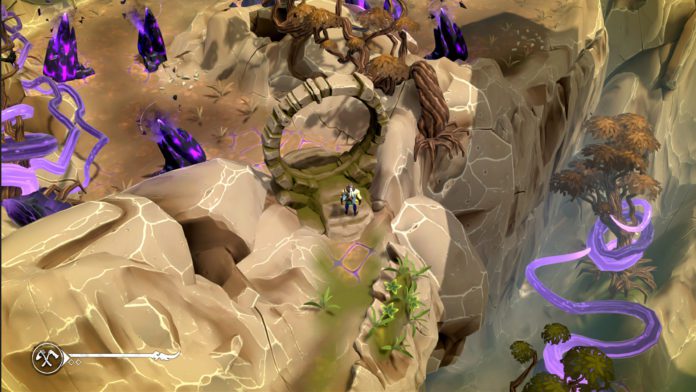REVIEW : The Tale of Bistun (PC)
Black Cube Games’ inaugural product is The Tale of Bistun, an epic action adventure about love, sacrifice, and salvation. The game is inspired by Nizami’s 12th-century Iranian romance poetry about a mason who falls in love with a princess.
Farhad, a mason, wakes up on the hillside of Mount Behistun, commonly known as Bistun, with no memory of how he got there. On his quest to reclaim his memory, he becomes embroiled in an ancient conflict between good and evil that will determine the fate of the world.
When most people think about Persian mythology in computer games, the first name that comes to mind is Prince of Persia. Though Prince of Persia is my favourite game, it has nothing to do with Persian mythology and culture because it is heavily influenced by One Thousand and One Nights stories. The Tale of Bistun, on the other hand, combines Persian symbolism and mythology on every level.
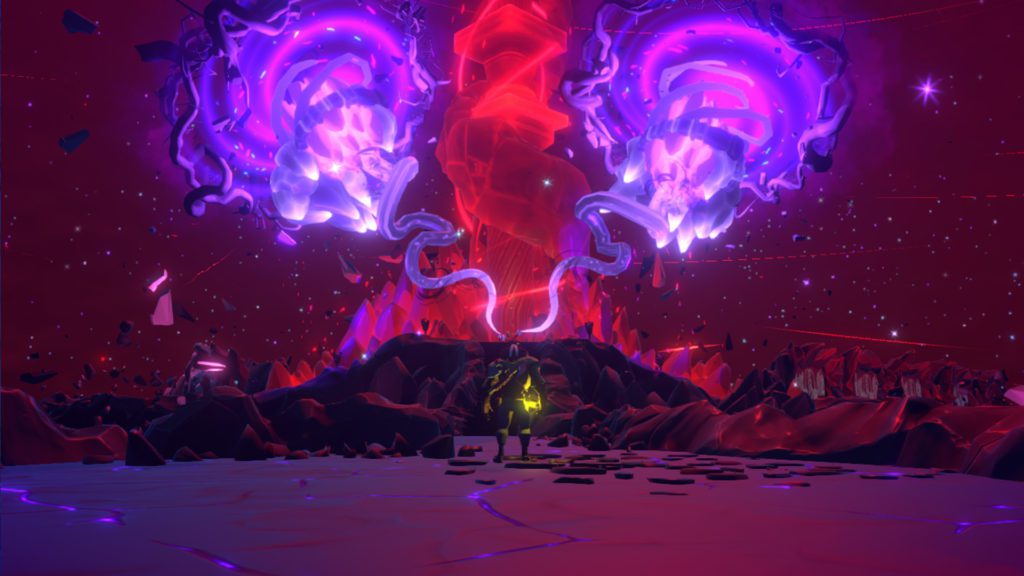
The game’s setting is built with such symbolism in mind. Farhad must save the pomegranate trees from the evil that is destroying the countryside in exchange for magical pomegranates that would heal his forgetfulness. Pomegranate is an Iranian fruit that represents abundance.
Another emblem included in the game is the hoopoe, which represents a knowledgeable guide in Iranian literature and also leads Farhad on his quest.
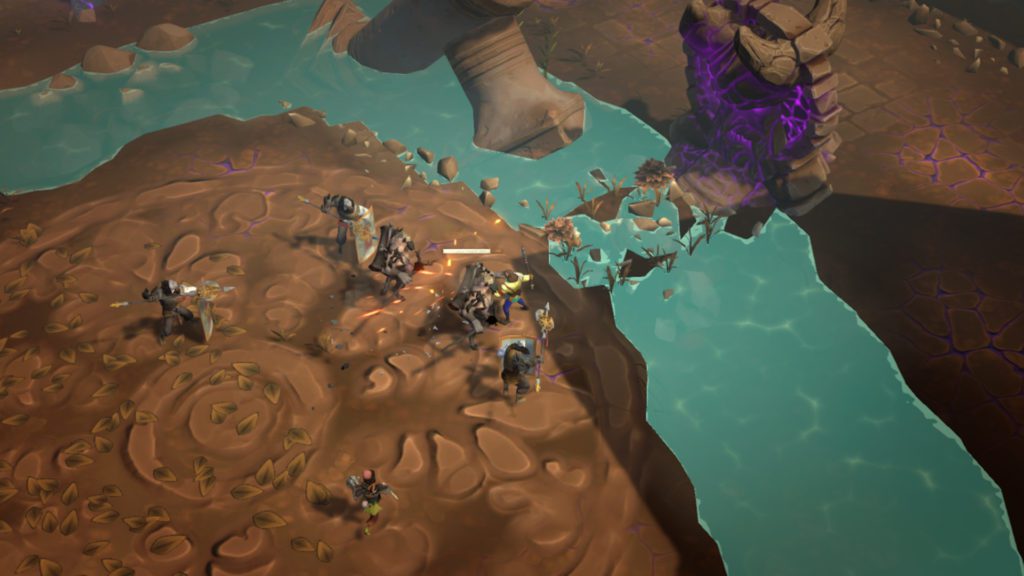
In addition, there are connections in the story to ancient Zoroastrian deities and Persian mythology, such as the wise Anahita, goddess of water. Some of the music in the game is also composed of Tar, a traditional Iranian instrument. The developers behind the game took extraordinary attention to the game’s historic and mythic themes, to the point where even the terrible demon Bistun, the source of all evil in the game, wears a replica of the historic Achaemenid Behistun Inscriptions etched into the heart of Behistun mountain. To cut a long story short, The Tale of Bistun is rich with subtle references to Persian culture, which makes it a one-of-a-kind experience.
The Tale of Bistun is a fixed-camera semi-isometric action-adventure game. The game is visually appealing due to the fixed camera and visual style largely influenced by titles such as Journey. The battle, on the other hand, is a weak point of The Tale of Bistun. Farhad is armed with melee weapons to combat the demonic entities he encounters. Weapons in the game feature two attack types: standard and magical with a cool-down timer. Unfortunately, there are no further fighting choices available, such as temporary weapons or environmental items to utilise against the adversaries. During combat, the gamers are left with nothing but mindless button bashing. Though the adversary variety is adequate for a 2.5-hour story-driven indie release, they are relatively easy to defeat. The fighting is so lacking in a challenge that I only died once during my game, and that was during my confrontation with the final boss.
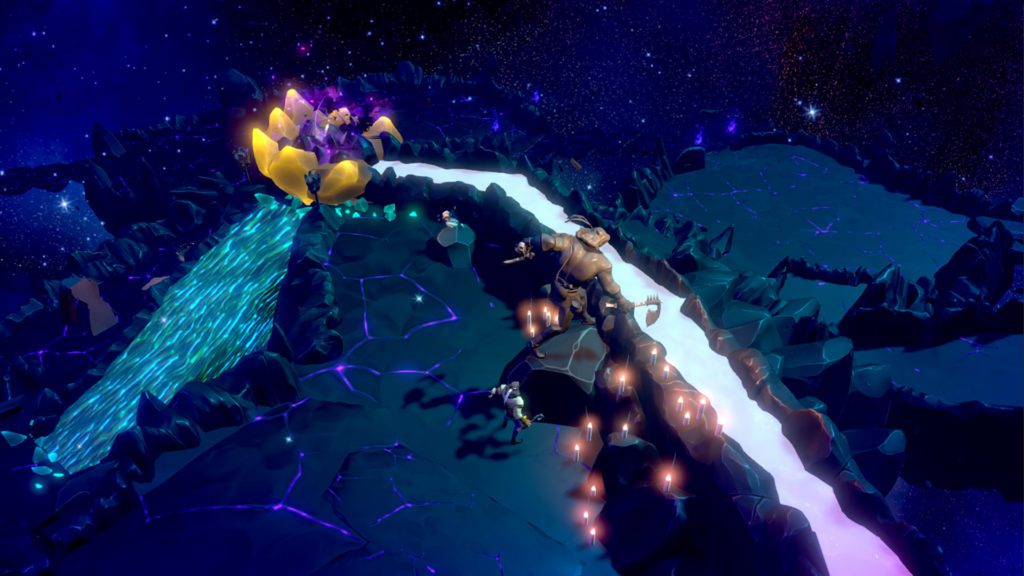
Combat isn’t the only drawback to The Tale of Bistun’s gameplay. Another affliction of the game is repetition. For the most part, players must repeat three phases of a cycle. To begin, they must battle demonic entities in each zone to free the pomegranate trees from corruption. Then, by eradicating corruption nods, they should be able to travel to the dream realm and regain Farhad’s memory. Finally, they should proceed to Mount Behistun and cut their way to the following challenge. Although the game is short, the repetitious loop exhausts the player in the first half. If the players stick with the game until the second half, the exciting plot twists will reward them for their efforts.
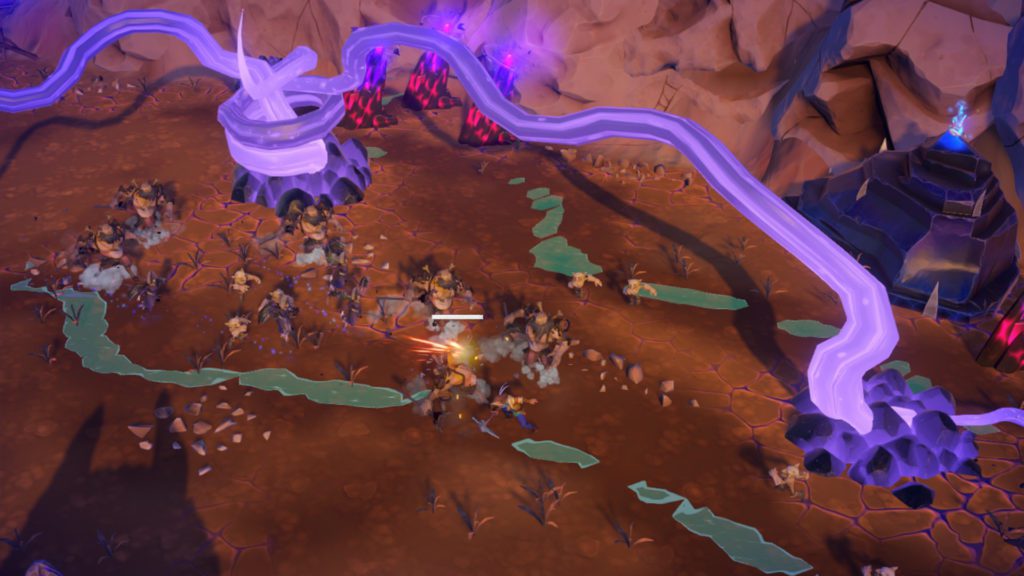
Unfortunately, the choices menu is another flaw in the game. The Tale of Bistun lacks some of the most fundamental features seen in modern games, such as remappable controls and display and graphic options. There is no ability to adjust the game’s resolution or tweak the graphical settings, which is unacceptable for a PC game. The Tale of Bistun is not flawless, but it is unique. The love story, with expertly incorporated symbolism and plot twists, combined with the exotic art style, makes the game a fantastic experience; it is also short and does not overstay its welcome. However, the game’s gameplay loop and combat are where it falls short. The Tale of Bistun has a particular Persian identity thanks to the Iranian team behind the game at Black Cube Games, and it does not suffer from the typical middle-eastern cliches prevalent in most western movies and games.
PREVIEW : Autonauts vs Piratebots (PC)

